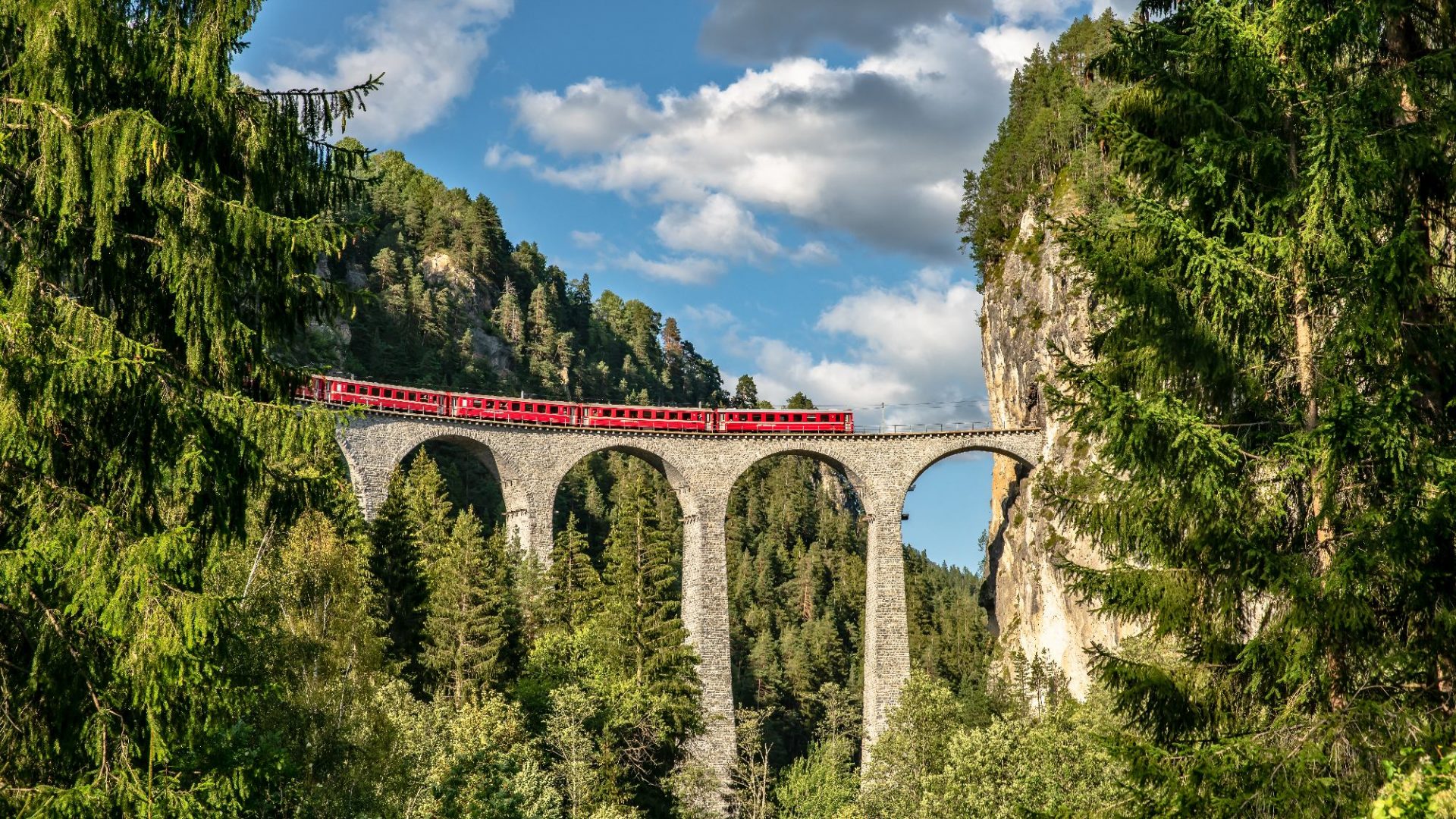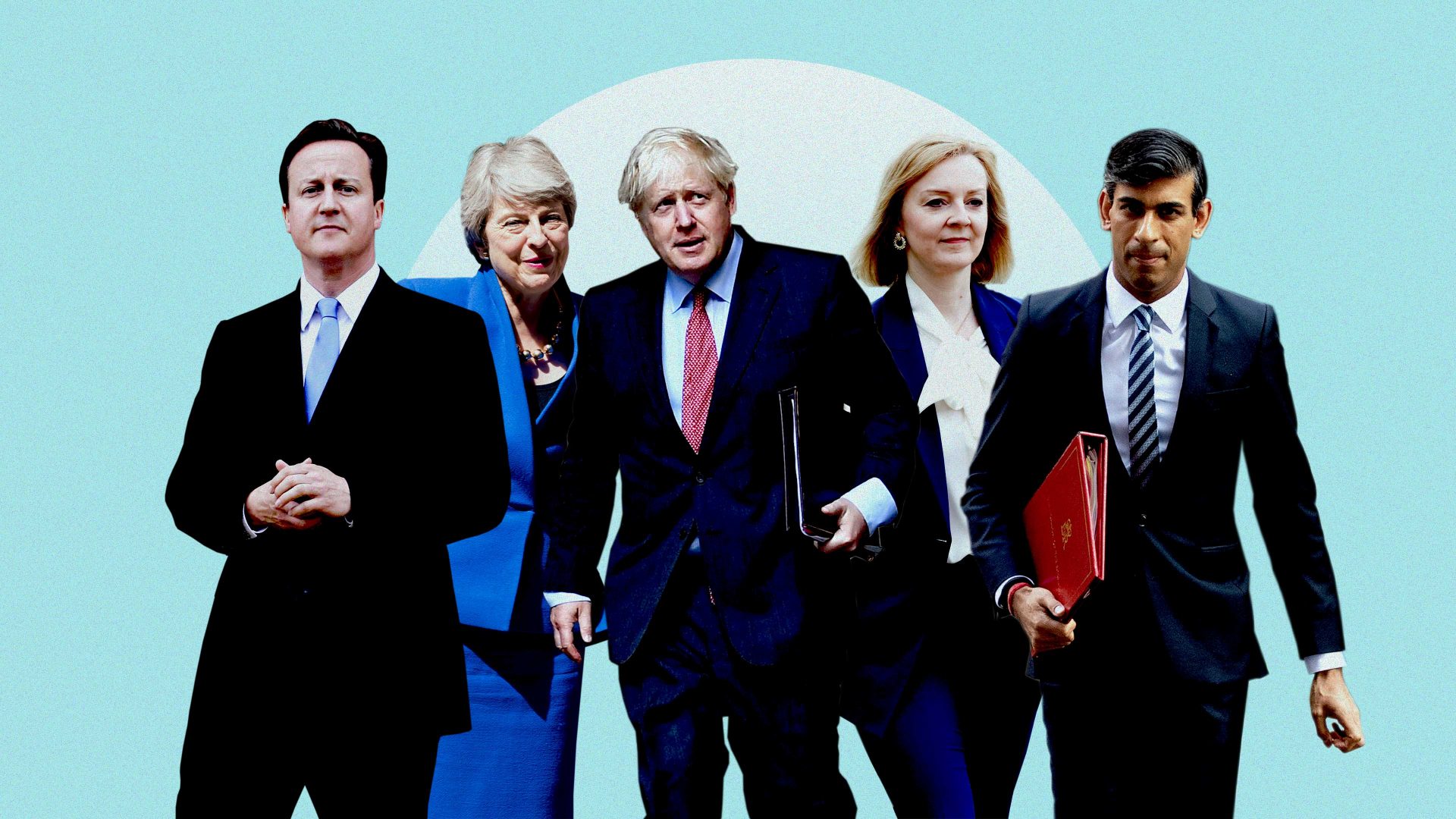Down on Frauentorgraben by Nuremberg’s old red-stone city walls, several hundred irate Germans had gathered and were listening to dance music. They were not, however, dancing – they were marching along the road to the Bavarian city’s grand, rather austere-looking neo-Baroque station.
These were German rail workers joining a nationwide strike over pay and conditions, one of the biggest such strikes for years. The Eisenbahn- und Verkehrsgewerkschaft (“railway and transport”) and ver.di (a shortening of Vereinte Dienstleistungsgewerkschaft, the “united services” union) were demanding, but not getting, a 10.5% pay rise – a dispute that rumbles on.
Music from the speakers of a van leading the procession seemed to go up a notch as Move Your Body by Öwnboss & Sevek played, somewhat appropriately. Over the din, one of the strikers, Markus, in his early 30s, explained how he and his colleagues felt let down by the rail operator Deutsche Bahn, particularly after “working so hard to keep everything going” during the pandemic.
“It is especially difficult now for those who do not get much money, everything is more expensive,” he said, referring to the high inflation rate then of 7% (now the German rate is 2.5%).
If you happen to be taking a series of train journeys across Europe – as I was last spring for my forthcoming travel book, Slow Trains to Istanbul… And Back: A 4,570-Mile Adventure on 55 Rides – it is hard at times not to get up close and personal with trouble on the tracks.
From Germany to France, Belgium, Italy, the Netherlands, Romania and Greece, rail employees are disgruntled and more than ready to leave trains idling in sidings. Avoiding strikes, you rapidly discover, is all part of the journey.
Britain is clearly far from alone in facing rail crises. They seem to be everywhere, though no other nation has quite managed a railway mess-up of the magnitude of HS2; we win the prize for that.
Yet, as with that debacle, train trouble in the EU felt as though it hinted at deeper issues, offering the rail voyager a trackside insight into the general state of countries visited. You could, very informally, anecdotally and unscientifically, take the temperature of each from the carriage window.
This was, rather strangely and perhaps a touch voyeuristically, quite fun. After catching the Eurostar from London St Pancras International – no particular train issues (though the waiting lounge for the Paris train was badly overcrowded, as ever) – first impressions were of France in turmoil.
With good timing if you were at the beginning of a railway getaway, rail strikes had ended the previous day, though Parisian refuge collectors had yet to return to work. Rubbish lined the streets of the French capital, in places towering above head height. Paris in early spring had an unmistakable pong.
Graffiti had been daubed on the statue of Marianne, symbol of the French republic in Place de la Republique: “Pour nos retraites, en greve, et on reconduit!” (“For our pensions, on strike, and we continue!”), “Mort au capital!” (“Death to capitalism!”) and “Mort au roi!” (“Death to the king!”) – the latter pronouncement somewhat puzzling given France had long ago got rid of theirs.
The main concern was, of course, President Emmanuel Macron’s use of executive powers to increase pension ages from 62 to 64. Rail unions had joined in the protests. These had witnessed violent clashes with police a day earlier and one of Macron’s favourite brasseries set alight and attacked with stones.
This was just the start. As the trains rolled on into Germany, via Strasbourg to Stuttgart and Nuremberg, much more rail intrigue was to come.
From talking to fellow passengers, you could not help but learn that Germany’s train turmoil was not simply to do with rail workers seeking fairer wages. Dreadful timekeeping had become so bad that Switzerland was blocking some Deutsche Bahn trains from entering major cities for fear they would wreck the orderly functioning of Swiss services. Instead, they were being asked to stop at earlier stations and send passengers onwards on buses.
The unreliability of Deutsche Bahn trains had reached such heights it had become an object of national (and central European) ridicule. A joke was doing the rounds that went like this: Ticket inspector: “May I see the ticket for your child.” Mother with toddler: “I don’t have one.” Ticket inspector: “Why is this?” Mother: “Because I was only pregnant when I started waiting for this train.”
To give an indication of the depths of this decline, in recent months a paltry 52% of Deutsche Bahn’s long-distance trains have been running on time. In Switzerland, where I was to have no trouble whatsoever travelling from its Italian border at Tirano to Chur, Zermatt, Visp and Lausanne, the usual punctuality rates hover at 94%.
Those cliches about clocks and punctuality exist for a reason, with Switzerland’s great pride in its trains stemming partially from their historical importance connecting remote outreaches of the mountainous nation, which had been previously impassable when snowbound.
Through Austria, the trains ran smoothly, too. This was equally unsurprising. Austrian Railways has a strong recent rail record and its roll-out of sleek Nightjet services, with sleepers linking Vienna with Munich and Paris, Milan and Rome, has been a resounding success (depart Paris at 19.30, arrive in Vienna at 10.00 the next day).
Beyond Vienna, Slovakia was next, though it was hard, frankly, to ascertain the recent record of Slovakian trains. Some sources suggested that trains arriving within 30 minutes of their schedule were officially “on time”. Mine were around 15-20 minutes late as a rule – doing fine by this half-hour criteria.
The departure board at Bratislava’s main station was a jamboree of similar and longer hold-ups. On the industrial relations front, Slovakian rail unions were threatening to strike, it was reported, but had not as yet. How the new nationalist-left, pro-Russia prime minister Peter Pellegrini, elected earlier this month, will handle matters could be interesting.
In Hungary, the train strikes were not flaring up – perhaps no one dared to strike in the increasingly authoritarian regime. The Victor Orbán-friendly press, meanwhile, was seemingly taking great pleasure in blaming any delays to long-distance international services on German strikes/inefficiencies.
There was, however, one big problem: trains from Budapest to Belgrade, Serbia’s capital, were impossible. Why? “You cannot go. There are no trains. None at all. No trains. Every operation to Serbia is cancelled,” said a deadpan assistant at the International Ticket Desk at Budapest Nyugati station.
It transpired that Serbia was upgrading its express line and taking a very long time doing so – HS2-style. Mark Smith, the train guru behind the excellent railway website seat61.com, predicts this key blockage to Europe’s rail network will be in place until “at least” 2025.
Trains in Romania and Bulgaria were grimy, with old rolling stock, and crowded – especially on sleeper services. Stations tended to be communist-era and still harked back to those days, particularly in remote spots such as Gorna Oryahovitsa and Ruse in Bulgaria. The latter is by the Danube and was where Georges Nagelmackers took the first Orient Express train on the way to Istanbul in 1883, requiring a ferry from Varna across the Black Sea for the final stretch – a pilgrimage point for those travelling to Istanbul while following the original journey, as I partially was.
Romania and Bulgaria’s railways seemed to mirror the economic state of each nation, both of which languish at the foot of the EU’s GDP per capita list with Romania at €15,040 and Bulgaria at €12,400.
Further down the line, Greece, never a big train country with so much water and so many islands, does not rank much higher on this table at €19,670. And it was reeling from a recent train disaster. In February last year, two trains on the Athens-Thessaloniki line collided head-on with the loss of 57 lives. A dreadful safety system was eventually blamed, although at first the tragedy was attributed by the Greek prime minister Kyriakos Mitsotakis to a stationmaster’s mistake.
This had inflamed the Greek public, with popular opinion clearly believing the country’s woefully underfunded rail network was ultimately to blame (and politicians for this underfunding).
Following widespread violent demonstrations, Mitsotakis was forced to backtrack: “We cannot, will not, and must not hide behind human error.” Some believe the horrific accident might even have toppled the government had this swift volte-face not occurred, and many regard the sad crisis as a turning point in what could just ignite a movement for a widespread modernisation of Greek infrastructure.
After taking the line from Thessaloniki to Athens a week after it reopened and crossing by ferry from Patras to Bari in Italy, yet more trains and politics cropped up on my long and (somewhat madcap) series of train rides.
Having traversed to Naples, news flashed up that workers at Trenitalia representing several left-leaning rail unions were going to hold a national strike in a couple of days’ time. This had put Italy’s far right wing leader of the Fratelli d’Italia (Brothers of Italy) party, Giorgia Meloni, in a quandary: she relied on working-class support from the likes of rail workers but did not want to cave in to socialist-style demands. This stand-off continues: the latest such strike was in mid-April.
The rail unions in Belgium and the Netherlands, although recently active, were quiet on the way to the Hook of Holland and the ferry to Harwich. Somewhat surprisingly, British trains (Greater Anglia) were also running on time on the way into London – with something close to Swiss efficiency, even.
People say HS2 is a symbol of broken Britain – quite rightly in my view – but the state of trains in the countries you visit on an Interrail getaway can speak volumes about other European nations as well.
Which makes hitting the rails on a long train journey across the continent, enjoying the rich cultures, wonderful old cities and magnificent works of art even more interesting… and a lot livelier at times, too.
Slow Trains to Istanbul… And Back: A 4,570-Mile Adventure on 55 Rides by Tom Chesshyre will be published by Summersdale on June 13



